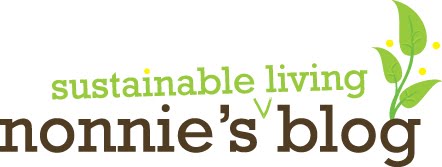Here is an important post for me - my first ever knitted jumper (sweater, sorry I speak New Zealand now).
Some people might say, why bother knitting a jumper? You can buy a warm jumper for not very much money made in a factory. But then that's what my gift would be - not very much.
First, when I visited home and my husband wasn't able to come - my sister showed me how to kettle-dye wool, and I chose then to make something for Shane. I wanted to choose both the blues and greens of the ocean, and also the deeper darker greens of the NZ bush (forest) - Forest Green, Avocado, Moss, Turquoise. (To see the post on how Wendy kettle-dyed the wool with acid dyes, go here. It was the way I showed my love for my husband who wasn't able to be there.

My sister also instructed me on how to knit the jumper when I got home - demonstrated circular knitting, which I hadn't done before, and showed me a diagram or two of Elizabeth Zimmerman's percentage system, and gave me a pattern based on this method. I didn't really understand at the time, but took the info home with me. I practiced and learned circular knitting on smaller projects, which I loved. When I felt confident enough a few months later, I started the jumper.
(My sister-in-law Iris had also showed me her mother's old German lovely cast-on method as well on this trip, so I had learned some great tools.)
Here are the diagrams, from Elizabeth Zimmerman's book - Knitting Without Tears:
Basically you use circular knitting to knit the trunk from the bottom up - knitting rib, then increasing by 10%. You then keep knitting until you reach to just under the arms. Then you put on hold 8% of the stitches (if there were 100 stitches around the girth that would be 8 stitches), which means pulling a large needle with some wool through them and tying a knot to save them until later.
Then you put the whole trunk piece down, and knit the first sleeve from bottom (hand end) up to the armpit, starting with rib. As you go you increase 2 stitches every 5th round so the arm piece gets fatter. When you reach the armpit, you put 8% of stitches on hold (e.g. 8 stitches if it's 100 round girth) in the same way.
Now this next part is really cool, and is how the sweater results in having NO seams except under the arms. I had to call my sister to understand. You put the whole thing now on the circular needles, both sleeves and the trunk, but not the cast off stitches, so that the outside of the sleeves and the trunk form one circle. Then you just keep knitting upwards the one jumper in one piece - reducing in an exact location in front and behind arms. That seam looking line from armpit to neck is a "reducing" pattern - not a seam.
See, like this - the pink shows the circle that now goes onto your circular needles.
I had to do it to understand it - that's how I work. But it also helps to have a knitting expert one phone call away! I did have to "rip out" and reknit just about every section over again - until I did it right. And it's still not perfect - I knitted this first jumper so tightly that I actually just barely ran out of wool so that I wasn't able to knit the back of the neck higher than the front as you are supposed to do at the end (you go back and forth at the back a few extra times before knitting the rib round the neck to finish). I had to sew a little label inside so he knew which part was supposed to be the back of the jumper. (However, Wendy says if it's knitted tightly it will last longer).
I knitted Shane's "NZ Seamoss Forest Jumper" on the rocks by the ocean while he fished, in the evenings, driving in the car. Whenever he wears it now, he remembers all the love and effort that went into it - and that is the value of the gift.
The pattern I used for the NZ Seamoss Forest Jumper is on Ravelry in English here, "Joukahainen" designed by Kristel Nyberg - originally published in Finnish in Ulla 3/07.
To learn the German cast-on method of Iris Jones's mother showed me, see the video below. It is a wonderful flowy method once you learn it - her mother's family knitted alot, and sold their knitting. Play it and practice it many many times, you'll soon get it - it is just a series of movements! After each series of the movement shown, a knot is made perfectly on the needle.












